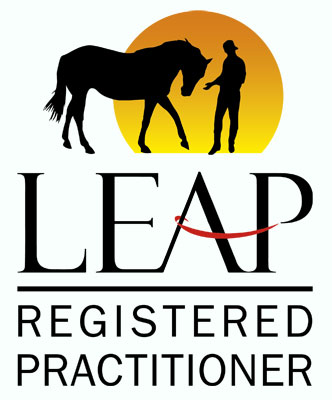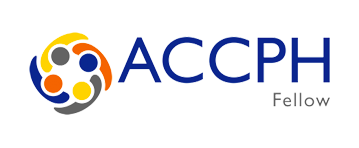
Blog
Back to list of blog entries

A Cautionary Note to Equine Facilitated Practitioners & Training Providers When Using Body-Work/Embodied Approaches
14 September 2019
The more I work with the body, and particularly go deeper on my own personal journey into my healing via my body, the more cautious and careful I am about doing body-based work with clients.
Over the past couple of years I have significantly amended my approach to working with clients, including moving away from using the Eponaquest method ‘The Body Scan’ in its entirety, to a much more incremental and careful approach of accessing the body's messages, wisdom and assistance in healing. Not least of all because I am not a trained therapist, but mainly because, I have found that using any type of embodied approach can be extremely powerful and can unleash very deep-seated patterns, defenses and old traumas.
Even if we are practicing in the learning methods rather than as a therapist, our clients can still arrive with old traumas and pain which can suddenly be accessed by either/both the horses or when doing body-based work. Essentially, anyone can suddenly become hugely vulnerable even though they may have presented as without serious therapeutic issues, as we all hold trauma and pain of some kind in our bodies.
Now, I still very much advocate that as we are working with horses, the body (including both the physical and the subtle-body) is central to this method; that it is an essential element to both connecting more deeply with ourselves and the horses, and that as a species we must re-connect to our body and value it much more than we have been conditioned to do by our culture.
But, HOW I work with my clients has changed considerably and I want to begin to convey this often very subtle aspect of this work as best I can in this article as just an initial starting point today.
Crucially, I particularly want to include an important caution for training providers in Equine Facilitated Practice:
Essentially, unless you are yourselves FULLY trained and fluent in working with your own body, AND, you are training your student practitioners thoroughly and in-depth to work first and foremost with their own body, before training them to then facilitate their clients in embodied approaches, then my feeling is that it would be preferable to steer clear of body-based/embodied practices altogether; except perhaps in using simple breathing and grounding exercises.
This is because you can do more harm than good when teaching incomplete or superficial methods of body-based approaches, not only to your practitioners, but in particular, by also then putting them in a position of extreme vulnerability and responsibility in expecting them to then work in this powerful way with clients whilst not adequately prepared and confident themselves.
As with anything, if you are going to teach it, it must be taught thoroughly, effectively and to the point where anyone you qualify feels FULLY competent and confident to carry out the methods they have been trained in. Anything less could result in poor or even unethical practice and is potentially dangerous to the public who access their services, as well as potentially damaging to this field’s reputation as a whole. (See more on this in my book ‘The Horse Leads the Way’).
I have been using an embodied approach in my Equine Facilitated Practice now for 13 years, as well as undertaking a whole range of other training and therapies myself personally to deepen my own ability to connect with my body and it’s wisdom. And yet, I still feel as though I have only begun to scratch the surface in terms of the power of the body to guide and heal.
So, I’d like to add a note of real caution to practitioners, and especially newly qualified practitioners, in addition to the one to trainers, to be very, very careful with all embodied practices and approaches. This is not something you can or should do lightly or half-heartedly, and must be backed up at all times by the practitioners’/trainers’ own personal journey and professional training in undertaking embodied methods.
Unfortunately, as more and more people set themselves up to train others in this work, the original methods inevitably get watered-down, and the original techniques, rigor and intent are at risk of becoming distorted and seriously diluted along the way. This is not good for anyone concerned, except perhaps the pockets of those training providers who benefit by training ever larger numbers of people. But ultimately, their reputation is also at risk if practitioners are left feeling inadequately prepared and qualified to do their actual work; not to mention the potential ramifications for their clients.
It’s vital that as practitioners and trainers we are ourselves first very comfortable with accessing our own body and it’s messages; that we are conversant with its needs, and familiar with where our areas of tension, fear or grief are commonly stored, before we can start to facilitate others into the vast complexity of their body and the unconscious material it holds for us.
If anyone finds themselves affected by anything I’ve covered in this article, particularly practitioners or trainees then I suggest first and foremost they take this up directly with their training provider. And then, if no further support is forthcoming that they then look for other very experienced practitioners and trainers who can support them and give them the additional training they feel they need.
Feel free to contact me in confidence if you wish to discuss anything in more detail. You can send a PM via Facebook or use the Contact Form on my website.
Angela Dunning
The Horse’s Truth
www.thehorsestruth.co.uk
The Horse’s Truth
www.thehorsestruth.co.uk








